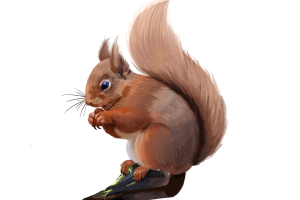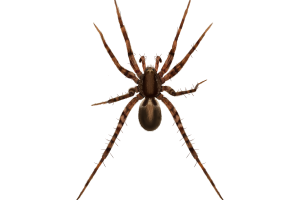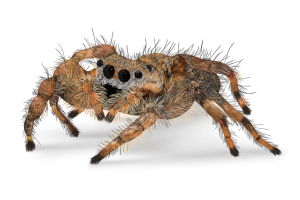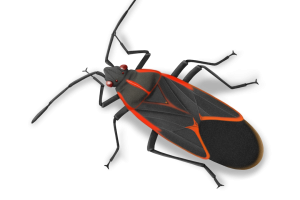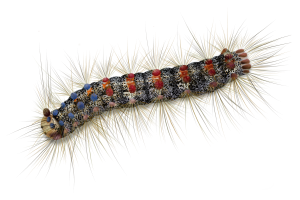While it can be challenging to prevent gypsy worm infestations entirely, there are some steps you can take to minimize their impact:
- Inspect and remove egg masses: Before the hatching season (usually in late spring or early summer), inspect your trees and remove any gypsy worm egg masses you find. Destroy the egg masses by scraping them into a container filled with soapy water or by double-bagging and disposing of them.
- Maintain tree health: Healthy trees are more resilient to gypsy worm feeding. Provide proper watering, regular pruning, and fertilization to ensure your trees are in optimal condition.
- Implement physical barriers: Use sticky bands around tree trunks to trap caterpillars as they crawl up or down the trunk. This can help reduce the number of gypsy worms reaching the foliage.
- Consider biological controls: Natural enemies, such as parasitic wasps or viral and fungal pathogens, can help control gypsy worm populations. Consult with local agricultural extension services or arborists to determine suitable biological control options for your area.

